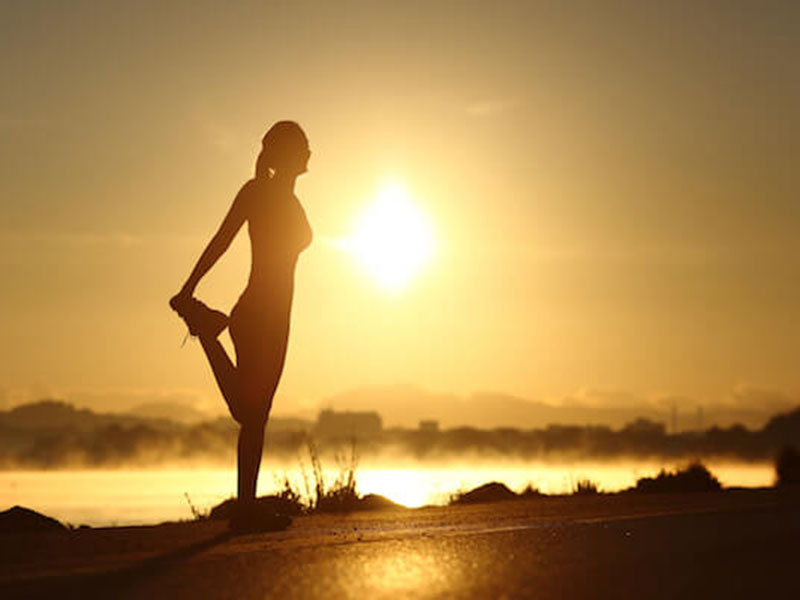Exercising the Proper Way in the Heat
Regular exercise is a part of more and more lives for people. It is turning into something many look forward to as doing their part to care for their health. One destination popular with exercisers is getting physical in the great outdoors. Many people love the freedom and mood lift they gain when exercising outdoors. Exercise affects each person differently; this is true when exercising outdoors as well.
Exercising outdoors often means the body works harder so certain measures should be considered so you can truly enjoy your time outside without suffering certain challenges that are often associated with exercising outdoors.
Taking advantage of exercising outdoors is more challenging on your body. The heat of the day intensifies when exercising in it. Things like biking, hiking and even walking can become more challenging. Check out these tips and techniques before you take that workout outdoors.
Be Prepared
Since exercising outdoors is for you take time and be prepared for the elements. Keep up with the weather so you know when temperatures are at their highest and lowest. If your schedule allows it, you can plan your workout around these temperature peak zones. Early morning outdoor workouts are often cooler; this is especially convenient if high temperatures linger late into the day. You can get up, get out and have your workout behind you in no time.
What You Wear Matters
Technology advances with everything in our lives including our exercise gear. Clothing designed to wick sweat away from the body is a great investment when exercising outdoors. This high tech material is designed to keep the body cooler. Go for lighter colors which reflect heat and make sure items are not too restricting and tight. Based on time of day, you may want to wear a visor hat as well to keep the sun out of your face.
Hydrate Your Body
Take time and begin hydrating your body even before you go outdoors. Aim for 8 to 16 ounces of cool water to begin with. Next, make sure keep cool fresh water with you at all times and re-hydrate every 12 to 15 minutes.
Take It Easy
Exercising outdoors amps up calorie burning. This is even more serious if you are an older less active person or a child. Before you know it your heart rate has increased and you begin noticeably sweating. Your goal is to gradually accumulate your body to the warmer weather. Don’t dive in and overheat. Gradually build your workout intensity and take advantage of shading if it is available use it.
Warning Signs
It may not be the most pleasant information, but you need to know if your body has had enough. Specific warning signs can be life savers when recognizing to get out of the heat and cool off. Just going without water increases dehydration drastically and raises your core temperature. This could lead to heat exhaustion or even a stroke. If you experience:
- Muscle cramps
- Dizziness
- Weakness
- Perfuse sweating or more, these are signs of heat exhaustion it’s time to call it a day and get cooled off. Symptoms of:
- Rapid or weak pulse
- Confusion
- Dry, hot skin, are signs of heat stroke
Both are potential dangers easily avoided by being prepared, consistently hydrated, and not over doing it.
Snack Time
Fresh fruit makes the perfect energy snack and it is filled with water. It is a good idea to have a snack before exercising to help fuel it to handle the workout. Have your snack or low calorie food about 45 minutes before you exercise outdoors. Avoid dry snacks that don’t have water in them and often are heavy and higher in calories. There is a variety of fresh fruit to choose from that is high in fiber, water content and low in calories.
Make the Time
Exercising outdoors is a great way to bring more variety to your regular exercise routine. The amount of time you spend outdoors is no match for how often you exercise. To make real changes in your health and body it is your consistency that makes the difference. Remember, if temperatures are too risky stay indoors and still get your exercise on.

















































































































































